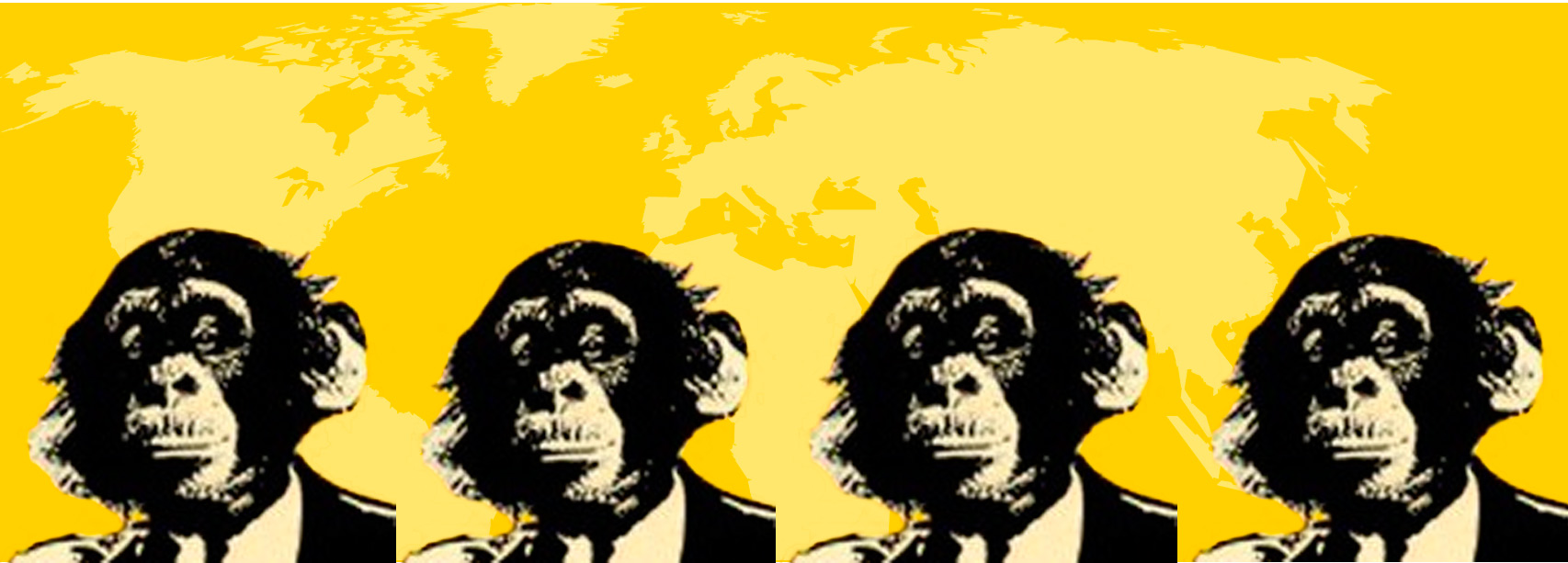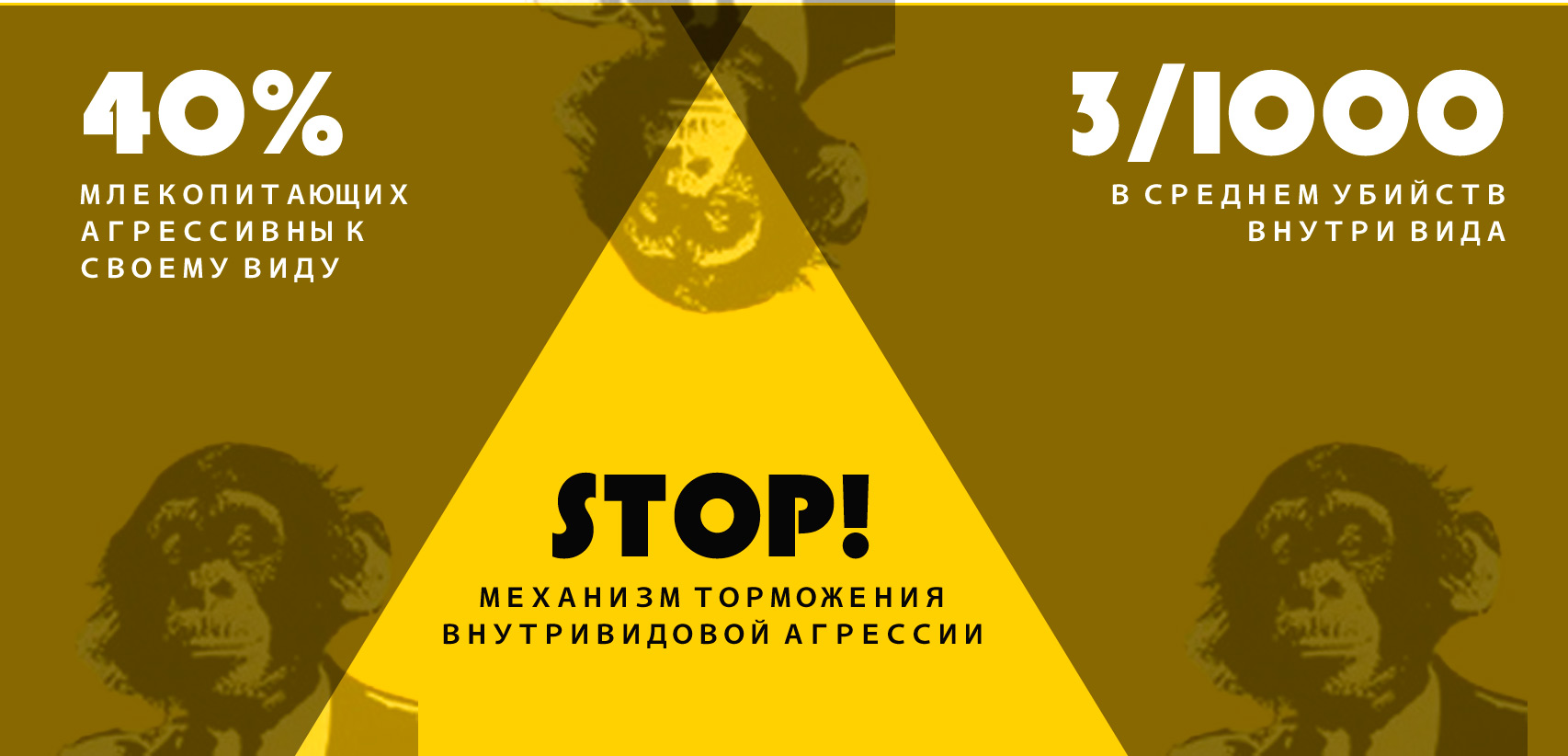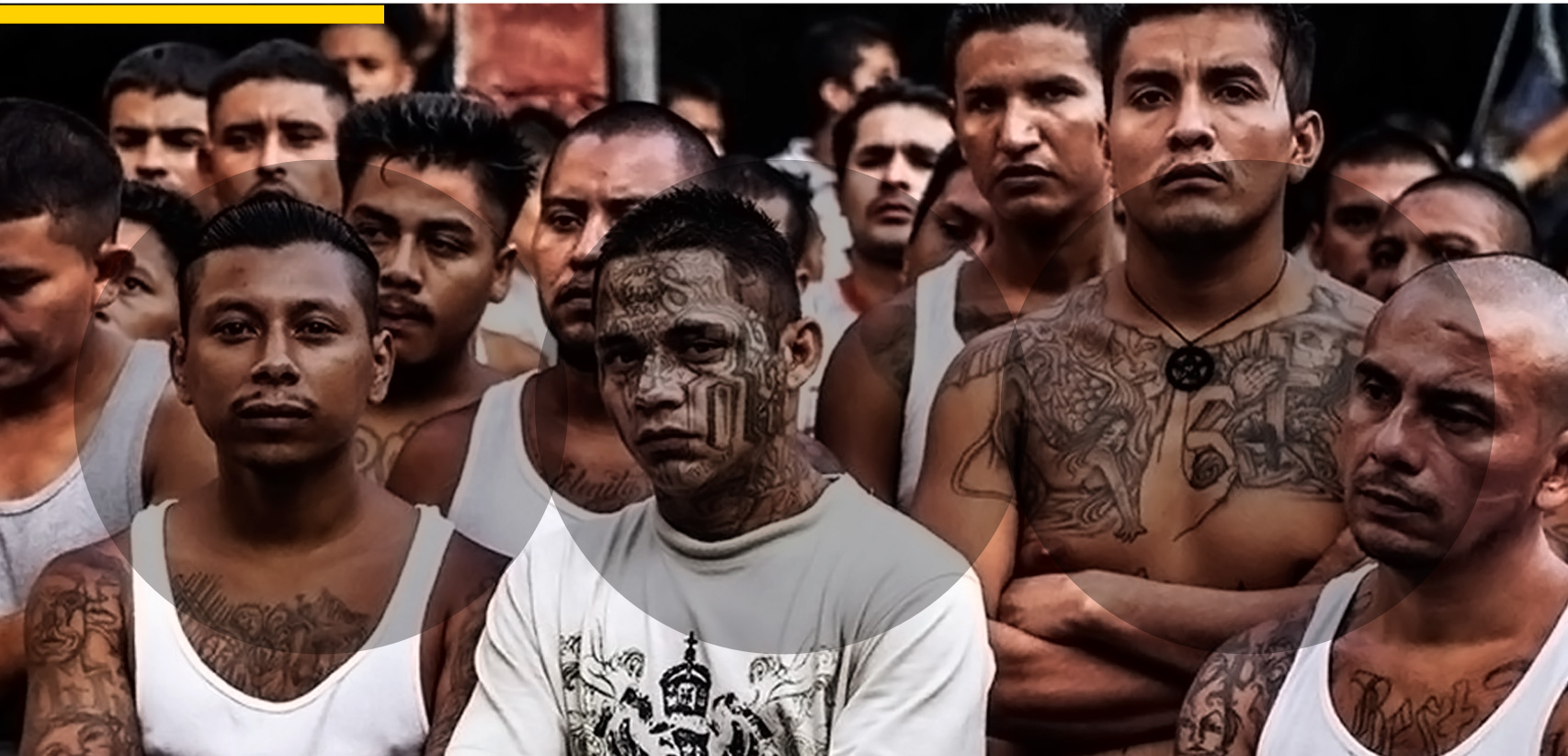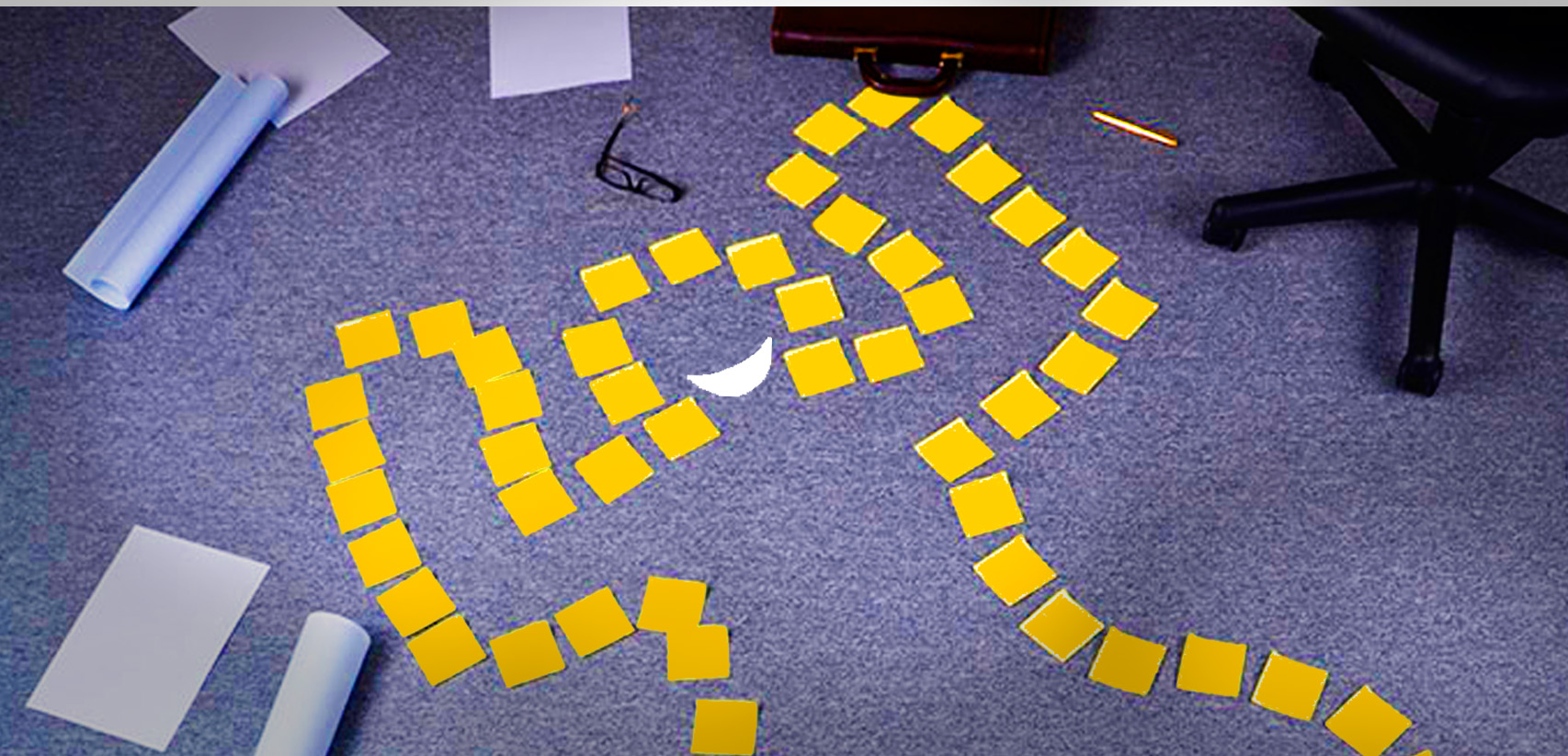Pro aggressive office
The story is about how the usual “Good morning, Klavdia Petrovna” from a colleague at work slows down the mechanism of aggression laid down by nature, and, possibly, saves someone's life at the next office meeting.

I have no habit of yelling at my team.
There is no such tool in my management arsenal, although I have been in management for quite some time. And indeed, in 2019, the head screaming in the office is like a dinosaur in the middle of a metropolis. It will cause surprise and discouragement, but no more. After all, such Agile, team, turquoise, like us, you will not scare anyone like that. We IT specialists already know what the Dream Team should look like. And I myself was literally half a step away from her. Only now I can’t reach him.
Sometimes life in the office seems simply unbearable. And this despite the constant “I'm sorry, I’m probably asking a stupid question ...”, “Thank you, for the answer ...”, “This is a very valuable comment ...”, “Yes, I absolutely agree with you ...”. Even sometimes I feel nostalgia for the times when you could just say “Lesha, you are # zdets”.
But I understand that the past can no longer be returned, and it is impossible to live with such a present. So it's time to go to understand why everyone seems to love each other, but there is no happiness. And I'll do it.
Starting to understand the situation, I came across an entertaining fact: what do we feel if a familiar person comes into our room, but does not greet and generally behaves as if there is nobody else in the room? Full ignore.
We feel a lack of understanding, annoyance and even hostility. It turns out that the suppression of ordinary greeting is perceived and felt by us as open aggression.
Aggression!
It turns out that screaming, punching the table and throwing heavy objects at subordinates is not necessary. Aggression did not go anywhere, as I thought. She just changed. And I can recall many similar manifestations in my practice.
But why should humanity hate their own kind?
There are already quite a lot of enemies around us. And it’s easier to develop and progress in teams. But no. It turned out that a person is not so different from a monkey as we would like to think.

There is a concept of intraspecific aggression in animals, and it plays the following important roles for the evolution of a species:
What did we learn?
And this mechanism of intraspecific aggression works not only in humans. But ... not without a “but”.
There was a study to measure the level of intraspecific aggression in animals. About 80% of the species of all mammals were included in the sample.
Scientists believed how many of the 100 deaths within the same species occurred from their own fellow tribesman.

What conclusions have they come to:
And for me, as a researcher of office aggression, the latter fact is most important, because people of this braking mechanism are just devoid of.
But why did it happen?
The main objective of the mechanism to deter aggression is to protect all "professional" predators from using weapons (claws, teeth, poison) against relatives.
Of course, sometimes these animals and birds kill their relatives who invaded the territory of their group. However, this is still an exception. But the fact remains: all heavily armed predators must have highly developed braking mechanisms that prevent the species from self-destruction.
In contrast to them, a person without improvised means will require a lot of time to cause fatal harm to his fellow tribesman. Therefore, nature simply did not endow us with the mechanisms that restrain aggression. She didn’t know that a person would suddenly pick up a stick, then a spear, and after a few thousand years create a bomb that could destroy hundreds of thousands of people, as happened in the Japanese city of Hiroshima.

And all this we should expect in the office.
It's not about bombs, of course, and not even about spears.
To feel or express aggression, it is enough for us to have a contemptuous look, carelessly filed for a handshake, a wry grin at a general meeting. Take a closer look and you will see how often we test and use these tricks. And all of them are ways to release the accumulated aggression.
But we cannot incite malice and lawlessness with every next mitap. Need solutions /
Looking ahead, I will share an example of an ideal team. This is a classic gang.

In the right gang should always be:
They seemed to have studied research in the field of intraspecific aggression, found 3 basic rules and applied them in their own.
Translated into civilian, they sound like this
Morality is the practical rules and norms formed by many years of human experience that dictate how a person behaves in personal relationships or in society.
One of the first functions of morality in the history of mankind was to restore the lost balance between armament and the absence of a braking mechanism, as we discussed above.
What are manners?
In our case, we consider manners as good manners.
They are quite rigidly fixed in our culture. Yes, in every culture there are certain peculiarities inherent only to it, but all of them are aimed at the same goal - the creation of social unions.
Take, for example, a small ritual - greeting at a meeting.
Smile, reach out ...
And if on the eve of the next “meeting” you said too much to each other? We won’t get smiles anymore.
And we immediately feel it: something is wrong, the person is angry, offended.
The deliberate suppression of such rituals is equated by us with open aggression.
How to apply this in life:
But morality and the norm of behavior is only a tool of deterrence. And aggressiveness, as we recall, is given to us by nature. She will continue to accumulate in us until she finds a way out. And here it is in our interests to manage this by sending it where we need it.
Reorientation is the main mechanism for neutralizing intraspecific aggression.
Than hating each other, let's better hate someone else.
A simple way: aggression against a client, a supplier, a support service, a mobile operator.
Complex, but correct: aggression towards a problem or task that needs to be solved.
To do this, we must have a common goal and a common enemy.
In life:
What is the risk?
Make enemies from other employees of the company, most often from employees of other departments (poor accountants, slow programmers, stupid leadership). This is a very popular, and, in my opinion, very underestimated behavior ...
The problem of “we and them” arises from the structure most common to most organizations.
There is a general director, there are heads of departments and divisions. The bosses guard their department, like children of relatives. Which, in principle, is very good.
But when it comes to solving work issues, we hear: yes it's all marketers / designers / programmers / .... Any representative of another department. Some abstract unknown people whom it is very easy to hate.
Depersonalization is good ground for aggression, and personal acquaintance is bad.
There should be no "marketers" when there is "Olga, Maria, Mikhail ...".
There should not be “programmers” when there is “Pavel, Ivan, Nastya ...”.
And I repeat: very often clan structure in departments flourishes in organizations, which leaders themselves breed. Which is bad in my opinion.
Here, by the way, we can recall the approach with project teams, when employees from different departments gather (or simply are appointed) for the same task. Then, with proper organization, such a team has a goal, an “enemy” and personal acquaintance.
Meet, smile, discuss.
I am sure that this greatly affects the productivity of our offices. And even more on a good mood every working day.


Half a step away from the dream team
I have no habit of yelling at my team.
There is no such tool in my management arsenal, although I have been in management for quite some time. And indeed, in 2019, the head screaming in the office is like a dinosaur in the middle of a metropolis. It will cause surprise and discouragement, but no more. After all, such Agile, team, turquoise, like us, you will not scare anyone like that. We IT specialists already know what the Dream Team should look like. And I myself was literally half a step away from her. Only now I can’t reach him.
Sometimes life in the office seems simply unbearable. And this despite the constant “I'm sorry, I’m probably asking a stupid question ...”, “Thank you, for the answer ...”, “This is a very valuable comment ...”, “Yes, I absolutely agree with you ...”. Even sometimes I feel nostalgia for the times when you could just say “Lesha, you are # zdets”.
But I understand that the past can no longer be returned, and it is impossible to live with such a present. So it's time to go to understand why everyone seems to love each other, but there is no happiness. And I'll do it.
main reason
Starting to understand the situation, I came across an entertaining fact: what do we feel if a familiar person comes into our room, but does not greet and generally behaves as if there is nobody else in the room? Full ignore.
We feel a lack of understanding, annoyance and even hostility. It turns out that the suppression of ordinary greeting is perceived and felt by us as open aggression.
Aggression!
It turns out that screaming, punching the table and throwing heavy objects at subordinates is not necessary. Aggression did not go anywhere, as I thought. She just changed. And I can recall many similar manifestations in my practice.
The nature of aggression towards one’s
But why should humanity hate their own kind?
There are already quite a lot of enemies around us. And it’s easier to develop and progress in teams. But no. It turned out that a person is not so different from a monkey as we would like to think.

There is a concept of intraspecific aggression in animals, and it plays the following important roles for the evolution of a species:
- Natural selection
Darwin asked a question and answered it himself: from the point of view of the future of the whole species - it is more profitable for a stronger representative to occupy the territory. And it turns out in fights, primarily between their own tribesmen.
In the modern world, the interpretation has changed from “strong” to “adapted”, but the essence has been preserved. - Hierarchy The
hierarchical instinct has perhaps the greatest impact on our behavior in society. The hierarchical system is more ordered and solid, and it is formed by our desire to protect our social position and move higher.
Aggression also helps to determine where power is and where submission is. Stronger above, weak - below. - Resettlement
Intraspecific aggression promotes the resettlement of one species in a larger territory.
We are angry, quarreling, fighting, dispersing into apartments, cities, countries.
And as a result, we have:- resistance of the whole species to the external environment. Global cooling, sudden freezing, flooding - any global catastrophe causes less harm to a population distributed over a larger territory;
- intraspecific diversity - this type of resettlement does not allow to be united into groups on any one basis (kinship, profession). Each individual getting into his habitat takes a certain role there. This contributes to the diversity of groups and, as a consequence, sustainability.
What did we learn?
- That intraspecific aggression is inherent in us by nature.
- We figured out why she did it.
- Received a scientific justification for their aggressive behavior. Which can be used at the next meeting.
And this mechanism of intraspecific aggression works not only in humans. But ... not without a “but”.
What's wrong with us
There was a study to measure the level of intraspecific aggression in animals. About 80% of the species of all mammals were included in the sample.
Scientists believed how many of the 100 deaths within the same species occurred from their own fellow tribesman.

What conclusions have they come to:
- 40% of the studied species are seen in aggressive behavior towards their own kind;
- the average level of lethal aggression stays in the region: 0.3% (three murders per thousand deaths);
- the highest level of aggression is observed in pack and territorial animals;
- most mammals have a special braking mechanism that prevents the complete destruction of a kind.
And for me, as a researcher of office aggression, the latter fact is most important, because people of this braking mechanism are just devoid of.
But why did it happen?
The main objective of the mechanism to deter aggression is to protect all "professional" predators from using weapons (claws, teeth, poison) against relatives.
Of course, sometimes these animals and birds kill their relatives who invaded the territory of their group. However, this is still an exception. But the fact remains: all heavily armed predators must have highly developed braking mechanisms that prevent the species from self-destruction.
In contrast to them, a person without improvised means will require a lot of time to cause fatal harm to his fellow tribesman. Therefore, nature simply did not endow us with the mechanisms that restrain aggression. She didn’t know that a person would suddenly pick up a stick, then a spear, and after a few thousand years create a bomb that could destroy hundreds of thousands of people, as happened in the Japanese city of Hiroshima.

And all this we should expect in the office.
It's not about bombs, of course, and not even about spears.
To feel or express aggression, it is enough for us to have a contemptuous look, carelessly filed for a handshake, a wry grin at a general meeting. Take a closer look and you will see how often we test and use these tricks. And all of them are ways to release the accumulated aggression.
But we cannot incite malice and lawlessness with every next mitap. Need solutions /
Perfect team
Looking ahead, I will share an example of an ideal team. This is a classic gang.

In the right gang should always be:
- the concepts
- enemy
- beginner initiation rituals
They seemed to have studied research in the field of intraspecific aggression, found 3 basic rules and applied them in their own.
Translated into civilian, they sound like this
- Morality and Manners
- Reorientation
- Personal acquaintance
Morality and Manners
Morality is the practical rules and norms formed by many years of human experience that dictate how a person behaves in personal relationships or in society.
One of the first functions of morality in the history of mankind was to restore the lost balance between armament and the absence of a braking mechanism, as we discussed above.
What are manners?
In our case, we consider manners as good manners.
They are quite rigidly fixed in our culture. Yes, in every culture there are certain peculiarities inherent only to it, but all of them are aimed at the same goal - the creation of social unions.
Take, for example, a small ritual - greeting at a meeting.
Smile, reach out ...
And if on the eve of the next “meeting” you said too much to each other? We won’t get smiles anymore.
And we immediately feel it: something is wrong, the person is angry, offended.
The deliberate suppression of such rituals is equated by us with open aggression.
How to apply this in life:
- the team must be encouraged to adhere to moral standards and good manners. Create and maintain some kind of rituals, slang, inner jokes;
- knowing that the slightest violation of generally accepted norms can be an indicator of some kind of conflict - pay attention to such manifestations. You can stop any unpleasant situations in the future in time;
- and of course not to succumb to such behavior yourself. Especially if you are in a leadership position. Whether you like it or not, they will be guided by you. And everything that you do goes down quickly and covers a large number of people.
But morality and the norm of behavior is only a tool of deterrence. And aggressiveness, as we recall, is given to us by nature. She will continue to accumulate in us until she finds a way out. And here it is in our interests to manage this by sending it where we need it.
Reorientation
Reorientation is the main mechanism for neutralizing intraspecific aggression.
Than hating each other, let's better hate someone else.
A simple way: aggression against a client, a supplier, a support service, a mobile operator.
Complex, but correct: aggression towards a problem or task that needs to be solved.
To do this, we must have a common goal and a common enemy.
In life:
- the client constantly sends new edits, but you do not understand why; the contractor does not finish the work to the end; the person does not do what you expected from him or does not do what you expected; people just don't want to do the work. Make sure everyone has an understanding of the common goal. Perhaps the team simply does not understand what should turn out in the end, so it does not know how to do it right or does not want to do at all;
- frequent transition to personality; discussion in the style of “he must ... she is obliged ...”; shifting responsibility to each other. Add “right” common enemies for the team, shift the focus from personalities to emerging problems.
What is the risk?
Make enemies from other employees of the company, most often from employees of other departments (poor accountants, slow programmers, stupid leadership). This is a very popular, and, in my opinion, very underestimated behavior ...
Personal acquaintance
The problem of “we and them” arises from the structure most common to most organizations.
There is a general director, there are heads of departments and divisions. The bosses guard their department, like children of relatives. Which, in principle, is very good.
But when it comes to solving work issues, we hear: yes it's all marketers / designers / programmers / .... Any representative of another department. Some abstract unknown people whom it is very easy to hate.
Depersonalization is good ground for aggression, and personal acquaintance is bad.
There should be no "marketers" when there is "Olga, Maria, Mikhail ...".
There should not be “programmers” when there is “Pavel, Ivan, Nastya ...”.
And I repeat: very often clan structure in departments flourishes in organizations, which leaders themselves breed. Which is bad in my opinion.
Here, by the way, we can recall the approach with project teams, when employees from different departments gather (or simply are appointed) for the same task. Then, with proper organization, such a team has a goal, an “enemy” and personal acquaintance.
Idea short
- People are aggressive in nature.
- In offices, passive aggression is most often manifested.
- Three important disarmament tools: reorientation, morality and manners, personal acquaintance.
Meet, smile, discuss.
I am sure that this greatly affects the productivity of our offices. And even more on a good mood every working day.

